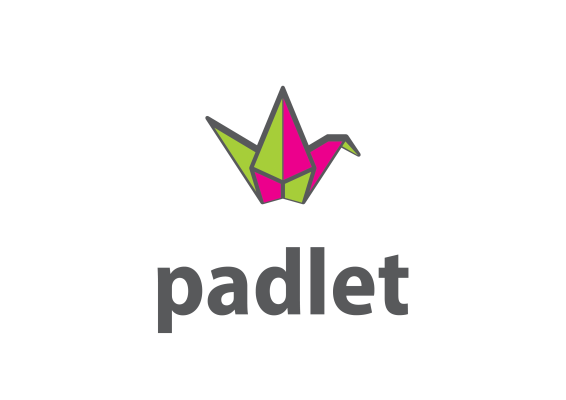WordPress, Blogger and Tumblr have done a great job of making website creation accessible to anyone, but the novice can still be a bit overwhelmed by sometimes sophisticated back-ends and CMS, especially when these platforms are built specifically to be as complex as they are simple, to expand the potential demographic.
But a YC-backed company called Padlet (formerly Wallwisher) is launching into public availability, and its intuitive drag-and-drop interface bests even the top platforms when it comes to quickly and easily building a website. What’s more, Padlet works a lot like Google Docs in that multiple users can modify and add to the page in real-time, forming a truly collaborative place to work and create.
“We wanted to solve the problem of ‘I want to put something on the internet, but how do I do that’,” said co-founder Nitesh Goel. “There are 25 answers to that question — images go on Flickr, videos go on YouTube. We wanted to make the experience of posting things to the internet as fast and easy as possible.”
It’s available now, and you can check it out here. Clearly, it’s an interesting take on democratizing website creation, but the question remains — who is this for?
Padlet claims that its users are quite diverse, ranging from project managers using Padlets as creative white boards to teachers collaborating with students. It’s also being used by companies and organizations to engage with their fan bases/audiences, which you can see here, here, and here.
“We hear a lot of positive feedback from customers who aren’t familiar with computers, but the other core part of our demographic are people who are ultra-comfortable with computers, like bloggers,” said co-founder Pranav Piyush. “They want to build a place where they can interact and create something collaboratively online.
Padlet gives the user plenty of control over the end-product, offering various wallpapers and customization options. And since you can drag and drop various content, the layout is anything you want it to be. Padlet lets users dictate who can modify the page with the privacy settings, and from there the link to the page can be shared just like any other website.
But how will the company make money?
For one, Padlet has already started generating revenue. The company has found that small businesses and organizations want to use Padlet privately, under their own website, with the content uploaded going through their own storage systems as opposed to Padlet.
But it has the potential to expand beyond that.
“We actually believe we can play a part in payments down the line, by letting you build a page full of stuff that’s for sale and adding a payment widget,” said Plyush. “Right now it’s very basic, but more sophisticated interactions are on our timeline.”
Padlet is available now, and can be found here.
[gallery ids="763069,763070,763071"]
